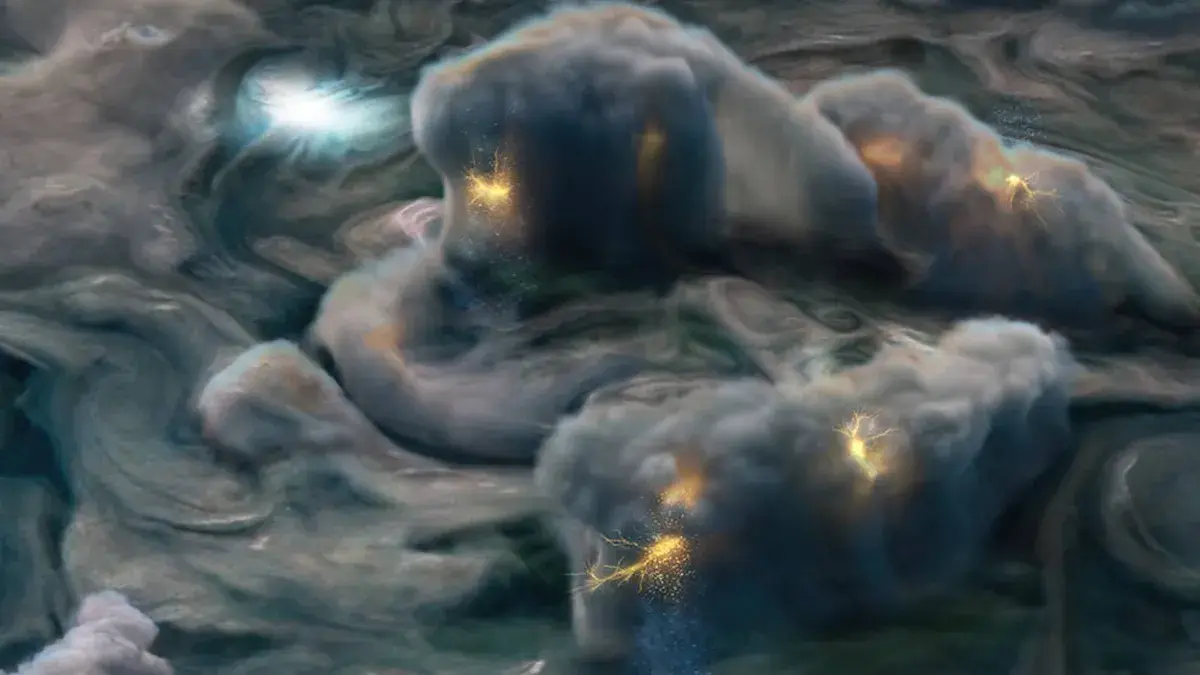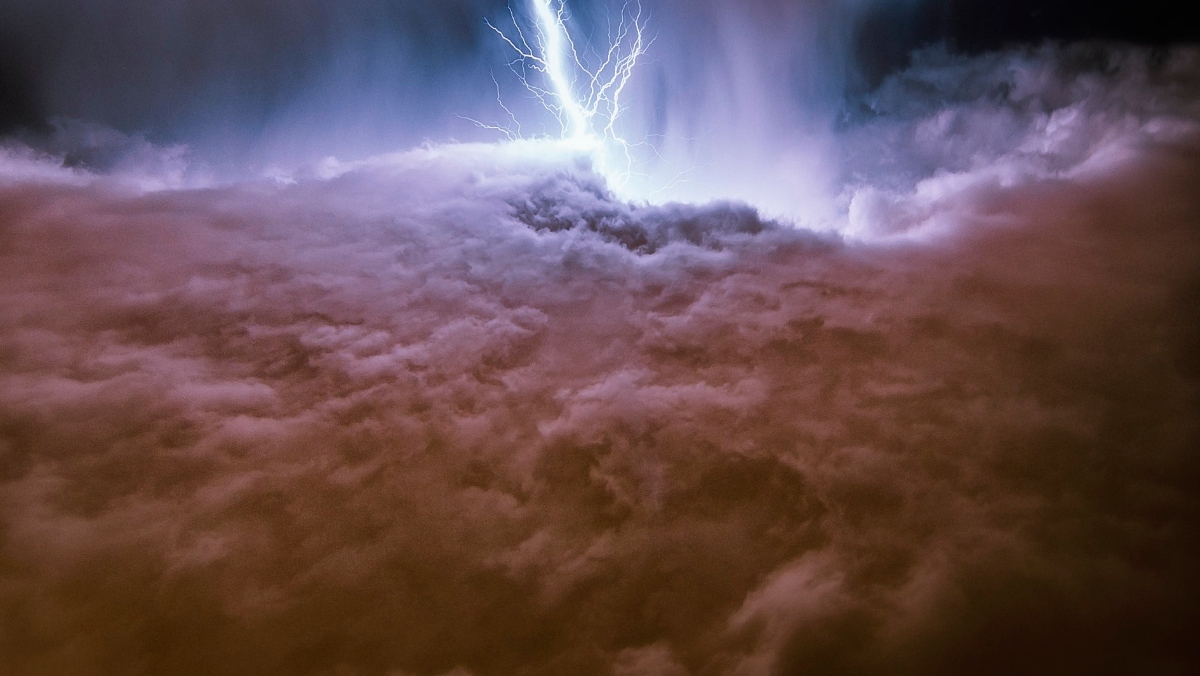According to information from the Juno spacecraft, lightning on Jupiter and Earth are quite similar. Despite the two planet’s significant differences in size and structure, analysis of data from NASA hardware has revealed that pulses during the formation of lightning on the faraway gas giant occur at a rate similar to our Earth.
The clouds that cover Jupiter’s exteriors are rich in Ammonia and play an essential role in concealing the interior clouds, which are made of water. NASA’s Juno mission has revealed that lightning frequently occurs within these clouds, akin to the phenomenon observed on Earth.

Demystifying the Lightning on Jupiter
NASA’s Voyager 1 made the first observation of jovian lightning on Jupiter almost 40 years ago. These lightning strikes confirmed Jupiter’s status as the only planet other than Earth known to accommodate such a phenomenon. However, scientists have been perplexed by their existence and evolution in the gaseous world for decades. Currently, using five years of data, NASA’s Juno probe has discovered that Jovian lightning occurs in the same “step-wise” manner as it does on Earth.
From a distance, lightning strikes on Earth appear to be long, smooth bolts, but scientists know that each spark of electricity is composed of a series of unique stages. Each step emits a single radio emission, which must be detected to learn what is happening inside thunderclouds.
NASA’s Voyager 1 and Voyager 2, Galileo and Cassini, studied Jupiter’s lightning but did not have instruments sensitive enough to record the radio waves in minute detail. However, the Waves sensor onboard Juno collected ten times as many radio transmissions compared to its predecessors. By detecting lightning impulses separated by as little as one millisecond, it was able to observe ‘step-like’ behavior in the formation of lightning in Jovian clouds, much as it happens on Earth.
The team of scientists working on the new study reported that one stride of lightning on Jupiter might be anywhere from a few hundred to a few thousand meters long.
Lightning on other Planets of the Solar System

Saturn, Uranus, and Neptune are three other gas planets in the solar system where lightning has been witnessed. There is a substantial dispute among scientists regarding whether lightning has ever been observed in Venusian clouds.
Numerous types of research have outlined parallels between Jupiter’s and Earth’s lightning mechanisms. For instance, although Jupiter’s lightning pattern is different from Earth’s, lightning rates on both planets are comparable.
The Role of Juno and its Curious Findings
In August 2011, Juno was launched by an Atlas V rocket from Cape Canaveral Air Force Station (CCAFS). Since its launch in 2016, the Juno spacecraft has been orbiting Jupiter, gathering data on the planet’s atmosphere, internal framework, and electromagnetic field.
Jupiter’s weather is influenced by both ammonia and water, in contrast to Earth’s, which is primarily driven by water. Water may float much higher in Jupiter’s atmosphere before freezing due to all the existing Ammonia. Because of this, the formation of high-altitude super bolts is possible despite the air surrounding them having a -126 °F temperature. It is through Ammonia, a mixture of nitrogen and hydrogen, that allows the occurrence of super bolts of lightning which are up to 1,000 times more potent than lightning on Earth.













